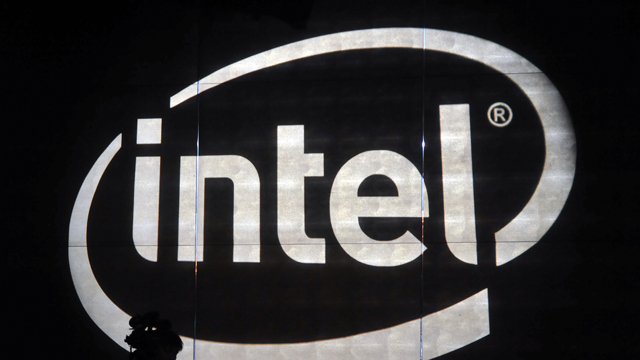
(Getty)
The rumors have been flying for months, but now we are getting closer to the official release of Intel‘s newest processor, Broadwell. Here’s what you need to know about the latest and greatest from Intel.
1. Broadwell Processors Will Be Fast & Powerful
Go hands-on with Broadwell in the video above, which features Llama Mountain, a tablet-laptop hybrid.
The Broadwell line is Intel’s follow-up to Haswell. Broadwell has a 14nm process node. Broadwell will boast significantly lower power consumption, paired with zippy graphics processing. Forbes writes:
“What’s impressive here is that Intel is claiming that the little guy on the right offers, in general, a 5 percent boost in CPU performance and 20 percent more graphics horsepower. To reiterate, this is over and above what they previous achieved in a notebook-targeted processor, but now can achieve this in a fanless tablet design.”
Forbes adds that ASUS and Lenovo are tapped to use Broadwell-Y processors in their upcoming tablets and 2-in-1 computing devices. ZDNet adds that the chips will also be used in some upcoming smartphones, servers, and other types of computers.
2. Intel’s Broadwell Might Show Up at Berlin IFA
Learn more about some of Intel’s recent innovations in the podcast above.
According to PCWorld, Intel is planning to unveil some new products at the Berlin IFA, and Broadwell is expected to be one of the big features at the event. Intel’s senior vice president and general manager of personal computing, Kirk Skaugen, is scheduled to deliver a keynote address at the IFA on September 5.
3. Moore’s Law Isn’t Broken Yet
Check out the video above, which features Michio Kaku on the future of computing and Moore’s Law.
PC Mag writes that “Moore’s Law keeps ticking along” in the face of Broadwell. Moore’s Law is a famous computing concept that argues the processing power for computers increases with such speed that processors effectively double their power every two years.
On Intel’s website, they talk about Moore’s Law. The link between Intel and Moore’s Law runs deep, as Gordon Moore was one of the co-founders of Intel.
4. Broadwell PCs Could Hit Store Shelves in Time for the Holidays
CNET reports that Broadwell processors, aka Core M processors, might be on store shelves in time for the holiday rush. While most of the new devices running these processors aren’t expected out until early 2015, some devices will get released late in 2014.
5. Core M Intel Processors Will Lead to 9mm Thin Tablets
See the difference between Haswell and Broadwell in the video above.
PC Mag notes that some tech insiders are predicting that Intel’s Broadwell architecture will enable the next generation of tablets to be extraordinarily thin:
“Patrick Moorhead, principal analyst for Moor Insights & Strategy, said Broadwell could be a game-changer for Intel in the tablet and 2-in-1 market.
‘Intel has really pulled it all together on 14nm. They are delivering full PC performance, day-long battery life, tablet-thin, and fanless feature sets. It was a tough journey getting there as they needed to invent things along the way, but they made it,’ Moorhead said.
The analyst predicted that ‘the biggest market impact from Intel’s 14nm Broadwell will be the widespread availability of fanless 2-in-1s and tablets that are less than 9mm thin, but with full PC performance.'”
As a frame of reference, an American dime is about 1.22 mm thick, so the next generation of tablets could be just a few dimes thick.
